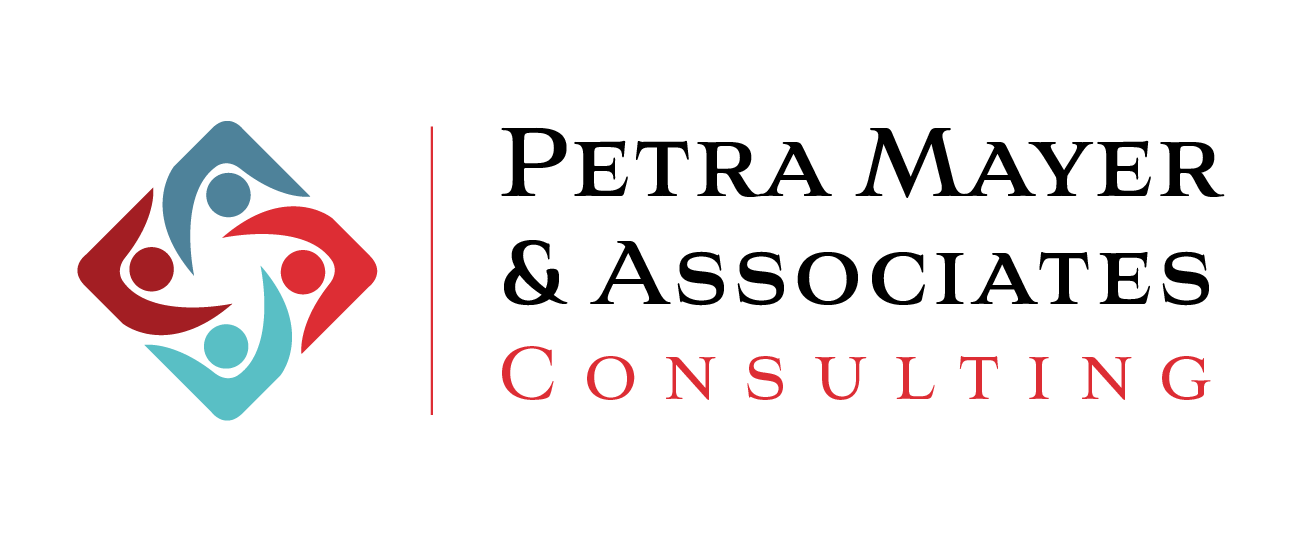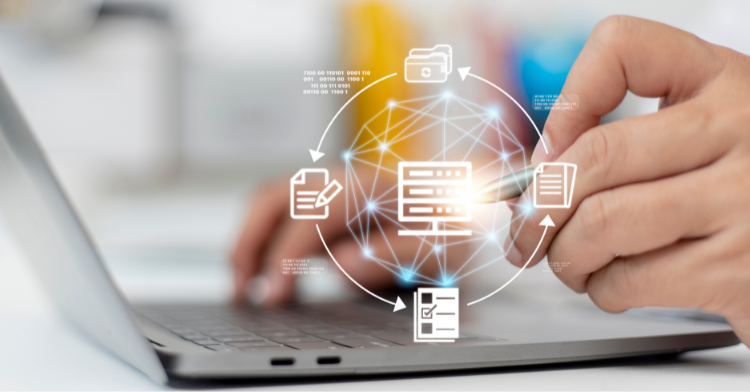How do you choose the right learning systems to ensure your training programs are effective and engaging? With various platforms available – Learning Management Systems (LMS), Learning Experience Platforms (LXP), Learning Content Management Systems (LCMS), Authoring Tool, and Learning Record Systems (LRS) – it’s important to understand their unique functionalities and how they can work together. In this article, we will explore each of these systems, their roles, the importance of integration, and how AI is reshaping the learning experience. By the end, you’ll have a strong understanding of how to select the right mix of systems tailored to your organization’s specific needs.
What is a Learning Management System?
An LMS is a powerful software application designed to help organizations manage, deliver, and track their training programs. It allows you to easily create and manage courses tailored to your organization’s specific needs. You can design interactive content, upload various media types, and structure the learning paths to align with your training objectives. Once your courses are ready, an LMS makes it simple to distribute them to your employees, no matter where they are. Whether your team is in the office or working remotely, they can access training materials anytime, anywhere.
One of the standout features of an LMS is its ability to track learners’ progress in real-time. You can monitor who has started or completed courses, how they are performing on assessments, and where they might need additional support. Detailed reporting tools provide insights into individual and group performance, helping you identify trends and areas for improvement. An assessment platform for testing within the LMS can help pinpoint specific areas where learners are excelling or struggling, enabling targeted improvements to the training materials.
What is a Learning Experience Platform?
An LXP takes a more user-centric approach compared to a traditional LMS. It offers more informal learning and engagement, providing an all-inclusive and personalized learning experience.
An LXP creates content based on the learner’s preferences, job role, and learning history. This approach ensures that each learner receives relevant and engaging materials, improving their learning journey. By leveraging advanced algorithms and AI, an LXP can suggest courses, articles, videos, and other learning resources that align with the individual’s needs and career goals.
One of the standout features of an LXP is its ability to encourage social learning. Learners can participate in discussion forums, join learning communities, and engage in peer-to-peer learning activities, making the learning process more interactive and enjoyable.
By combining the structured, administrative strengths of an LMS with the flexible, personalized features of an LXP, organizations can create a more complete learning environment. This integration allows for a cohesive learning experience, where formal and informal learning complement each other.
What is a Learning Record System?
An LRS is designed to store and manage learning records from various sources, providing an overview of an individual’s learning journey. It can capture and track all kinds of learning activities, whether they occur online, offline, within the organization, or externally.
An LRS gathers data from many sources to create a big picture of your learning journey. This means it tracks all your learning experiences, including formal lessons, casual learning, and hands-on activities. By recording everything, an LRS ensures every part of your learning is documented and easy to access.
One of the best things about an LRS is that it can track many types of learning activities. This includes online courses, group projects, mentoring sessions, workshops, and even self-study. By pulling together data from different sources, an LRS gives a complete view of your progress and achievements, helping to create personalized learning plans.
When an LRS works with an LMS and other tools, it captures all your learning activities for analysis. This integration allows for easy data sharing, helping to create detailed reports and insights. Organizations can use this information to spot trends, evaluate training programs, and make better decisions to improve their learning strategies.
What is a Learning Content Management System?
An LCMS is a tool used to create, manage, and store learning materials. It helps instructional designers make engaging courses by adding videos, graphics, interactive parts, and more. This ensures the content is interesting and suits different learning styles. With an LCMS, you can organize content into modules, making it easy to update and customize learning paths.
One key advantage of an LCMS is consistency. By having a central place for creating and managing content, organizations can make sure all training materials match their standards and branding. This creates a better learning experience and maintains a professional look.
When an LCMS is used with an LMS, it completes the learning setup. The LCMS handles creating and managing the content, while the LMS takes care of delivering and tracking it. This combination allows organizations to offer well-organized and complete training programs that meet learners’ needs.
What is an Authoring Tool
An Authoring Tool is a specialized software application used to create and design interactive training content. These tools allow instructional designers to develop various types of eLearning materials, such as videos, quizzes, simulations, and SCORM-compliant content, which can then be integrated into LMS or LCMS.
Unlike an LMS or LCMS, which are primarily focused on delivering and managing content, Authoring Tools are all about creation. They provide the flexibility to develop customized learning experiences tailored to specific learning objectives. Whether you’re building an immersive simulation or a simple interactive quiz, an Authoring Tool offers the features needed to bring your content to life.
One of the key benefits of using an Authoring Tool is the ability to produce reusable content. Once created, these learning materials can be easily updated and repurposed, ensuring that your training programs remain relevant and effective over time. Additionally, Authoring Tools often support a variety of formats and standards, making it easier to share and distribute content across different platforms and devices.
The Importance of Integration
Integrating learning systems is not just about technology, it’s about creating a more consistent learning experience. Proper integration allows for better data synchronization, improved user experience, and more effective learning outcomes. For example, when an LMS is integrated with an LXP and an LCMS, learners can enjoy a personalized, engaging experience while administrators can easily manage and track progress.
Additionally, integrating an LRS ensures that all learning activities are recorded, providing a more comprehensive view of the learner’s development.
Are you worried that all this seems too complex and there are too many systems to manage in your organization?
There are hybrid systems that cover the tasks of content creation, content management, course management and record keeping. It is just the task of your implementation team to find the solution that works best for you.
The Role of AI in Learning Systems
AI is modernizing learning systems, improving efficiency and effectiveness across the board. AI can automate administrative tasks in an LMS, freeing up time for trainers and administrators. In an LXP, AI personalizes content recommendations, ensuring learners receive the most relevant and engaging materials. Additionally, AI improves content creation in an LCMS, simplifying the development process and improving quality.
AI-powered analytics provide deeper insights into learning behaviours and outcomes. These insights help organizations tailor their training programs to meet specific needs, ensuring that learning interventions are both targeted and impactful. As AI continues to evolve, its integration into learning systems will drive innovation, offering new potential and improving the overall learning experience.
By staying at the forefront of AI advancements, organizations can leverage these technologies to create more dynamic, responsive, and effective learning environments.
Choosing the Right Mix of Systems
Choosing the right combination of learning systems lies on your organization’s specific needs. A thorough assessment of your training requirements, learner preferences, and organizational goals is critical. Key considerations include the size of your organization, the types of training content, and the need for scalability.
Start by evaluating the unique needs of your learners and the types of content you deliver. An LMS might be ideal for managing and tracking training programs, while an LXP can offer personalized learning experiences. An Authoring Tool and the LCMS are essential for creating and managing content, and an LRS can provide in-depth analytics on learning activities.
Consulting with experts can help you navigate these options. They can guide you in determining the best mix of LMS, LXP, LCMS, Authoring Tool and LRS to create a tailored solution that aligns with your strategic objectives. By leveraging the right combination of systems, you can improve the efficiency and effectiveness of your training programs, ensuring they meet the changing needs of your organization.
Final Thoughts
Understanding and integrating the right learning systems is important for creating an effective and comprehensive training program. From the administrative efficiency of an LMS to the personalized experiences of an LXP, the content creation capabilities of an LCMS, and the detailed tracking provided by an LRS, each system plays a crucial role in the learning ecosystem.
Integrating these platforms, with the added power of AI, enables organizations to deliver high-quality, engaging, and impactful training programs. By carefully assessing your organization’s needs and consulting with experts, you can select the best combination of systems to support your strategic learning objectives and drive continuous improvement in your training initiatives.
If you’re working through your learning system project and need expert guidance, we’re here to help. Contact us today to discuss how we can support your organization in selecting and integrating the right learning systems tailored to your needs.

